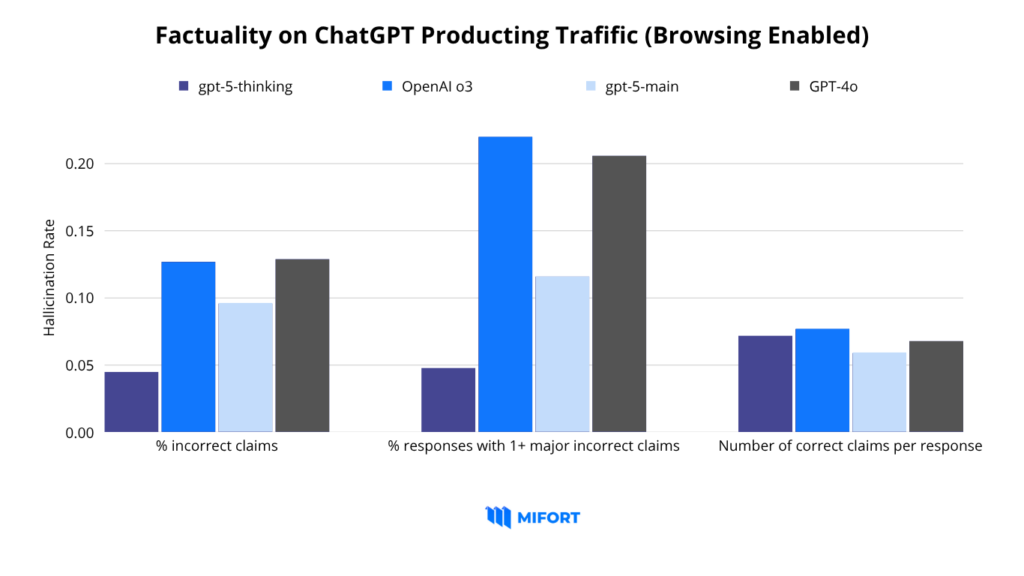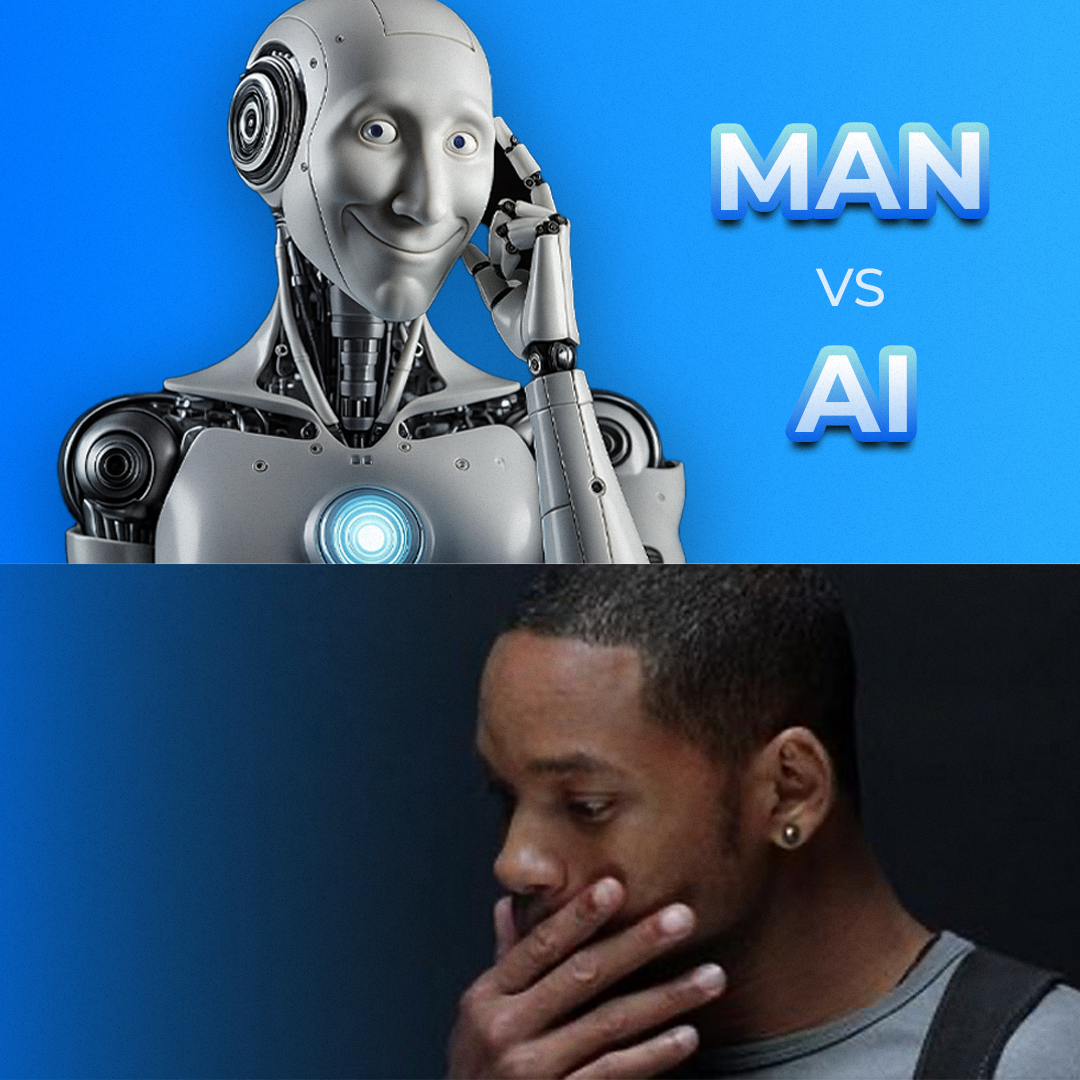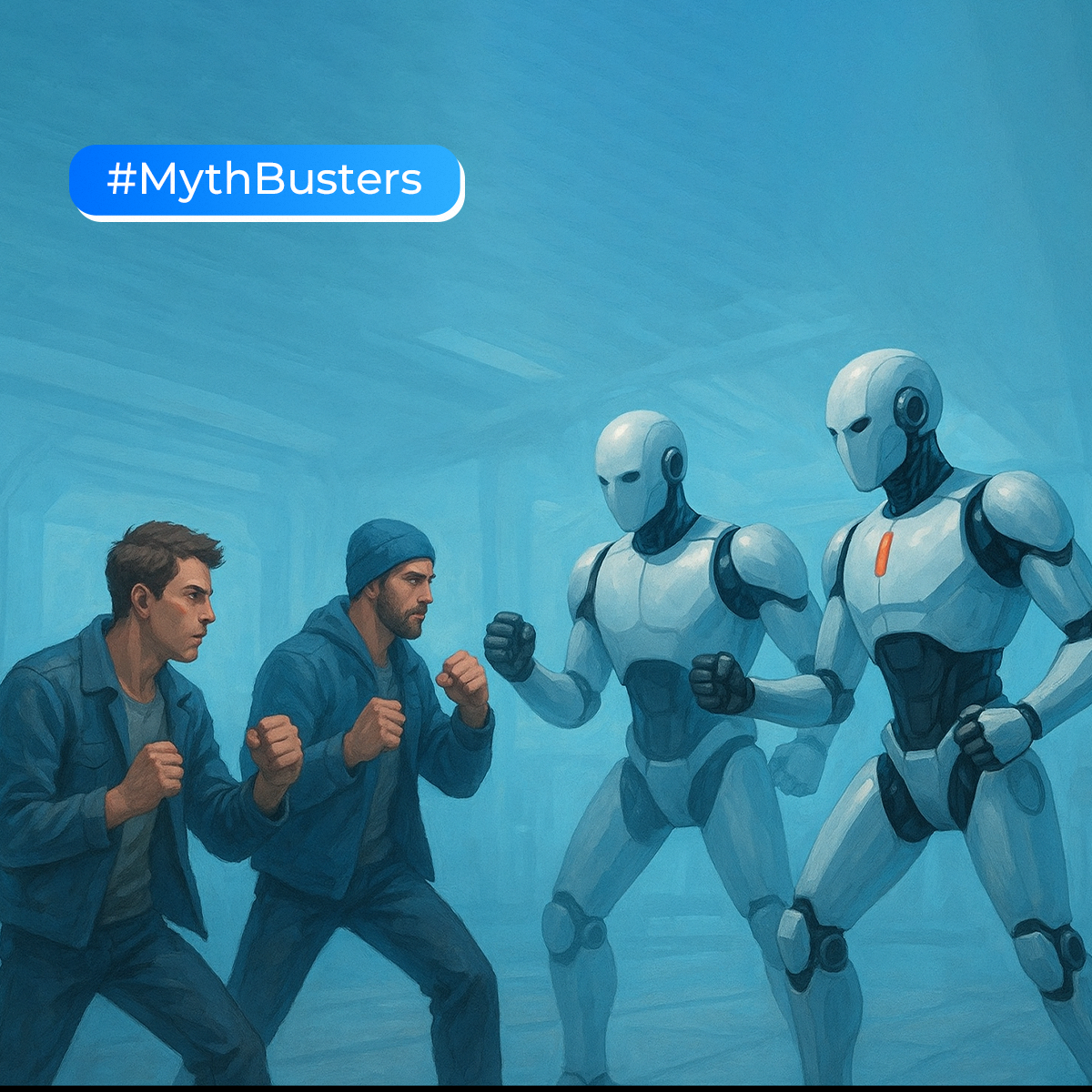On August 7, 2025, OpenAI officially introduced GPT-5 — a large-scale language model that blends engineering resilience, multifunctionality, and precise control. Described as a “significant leap” over its predecessors, GPT-5 delivers state-of-the-art performance in programming, mathematics, writing, healthcare, visual perception, and more.
Unlike earlier releases, GPT-5 is not a single model but an integrated system with dynamic routing, multi-layered safety protocols, and task-specific adaptability. According to OpenAI CEO Sam Altman, it marks a breakthrough over previous generations. The kind of shift you can’t walk back from, much like the first iPhone with a Retina display.
“GPT-3 felt like talking to a school student. Sometimes you’d get the right answer, sometimes something odd. GPT-4 was more like a college student. GPT-5, though, carries itself with the authority of someone who has spent years mastering their field,” Altman told reporters.
The company describes it as “a unified system that knows when to respond instantly and when to take more time to deliver an expert-level answer,” comparing it to “a team of experts ready to answer any question.”
What’s new in GPT-5
A system that knows who should answer
The first change we should pay attention to is the end of manual model selection in ChatGPT. Now, GPT-5 operates as a unified system, featuring an intelligent built-in router that automatically switches to a more advanced version of the model when the task requires it. This definitely removes the small but constant chore of tweaking settings. “The old model selection interface was a real puzzle,” Altman admitted.
Over time, the router learns from what actually happens in use, like when people change models, which replies they tend to favour, and how often those replies turn out to be right. Each signal shapes its judgment and makes it sharper with experience. The algorithm itself determines how much computational power is needed depending on the complexity of the question, the context of the conversation, or even explicit prompts such as “think about it carefully”.
Fewer hallucinations, stronger facts
One of the key promises of GPT-5 is a reduction in the number of factual hallucinations. Although ChatGPT comes with browsing turned on by default, many API requests still run without it. That’s why OpenAI worked on two fronts. Firstly, teaching the models to browse more effectively for fresh information, and secondly, cutting down on hallucinations when they draw solely on their internal knowledge. According to the OpenAI report, with web search enabled, the probability of factual errors in the GPT-5-main is approximately 26% lower than in GPT-4o. Compared to OpenAI’s o3, GPT-5 thinking reduces hallucinations by 65%. If looking at how often a response contains at least one significant factual mistake, then compared with o3, GPT-5-main produces 44% fewer of these, and GPT-5 thinking reduces them by 78%.

Even without a web search, the improvements are obvious. In the LongFact-Concepts, FactScore, and LongFact-Objects tests, GPT-5 makes more than five times fewer factual errors than o3, even without access to relevant web data. The model is designed to honestly acknowledge its limitations as well. If previous models provided confident and fabricated answers in 86.7% of cases, GPT-5 does so in only 9% of cases.
From hard NO to careful answers
GPT-5 features a new security system called “Safe Completions”. The previous “strict rejection” method is now gone. OpenAI considered it overly categorical, particularly when the subject was complex or open to interpretation. In such cases, the same information could serve to help or harm, depending on how it was used.
GPT-5 no longer takes the blunt approach of shutting down sensitive queries altogether. Instead, it aims to deliver the most useful answer possible while staying within safety guidelines. Sometimes that’s a broad overview, other times a partial explanation or a different angle on the question.
For Developers: What’s New in GPT-5
1. Frontend engineering that feels refined
Testers found GPT-5’s approach to frontend development more appealing, often praising the cleaner look and greater precision of its code. In trials against o3, it came out on top in the majority of cases, winning preference 70% of the time. However, even though the examples OpenAI provided look impressive, real-world frontend development demands more than just initial generation. It calls for responsive layouts, accessibility compliance, seamless integration with current systems, and maintainable code for long-term use. The real measure of GPT-5’s value is how it performs when faced with these day-to-day demands beyond the demo stage.
2. Coding collaboration that feels like teamwork
With GPT-5, coding feels less like issuing commands and more like working alongside a skilled teammate. In tools such as Cursor, Windsurf, GitHub Copilot, and Codex CLI, it can map out a plan, provide progress updates, and summarize changes while it works. For developers, that means less micromanagement and a smoother flow of work, with the model confidently handling complex tasks from start to finish.
3. Reasoning speed on your teams
GPT-5 gives developers more control over how much reasoning the model does before responding. Alongside the existing low, medium, and high settings, there’s now a minimal option for the fastest possible replies. Higher settings focus on depth and accuracy, lower ones on speed. But the right choice depends on the task. A quick lookup might not need extra thinking time, but complex problems can benefit from it.
4. Custom tools without the JSON headaches
With GPT-5, developers gain the option to create custom tools that accept plain text instead of the traditional JSON format. If a specific structure is still needed, it can be enforced through patterns like regex or even full grammars. Previous setups relied solely on JSON, which is dependable but prone to small errors in long outputs, especially when escaping characters in large code blocks or lengthy reports. By working directly in plain text, GPT-5 avoids that fragility, making tool calls simpler without sacrificing the accuracy seen in benchmarks such as SWE-bench Verified.
Final thoughts
GPT-5 isn’t just an upgrade. It’s a shift in how developers and everyday users can work with AI. From cleaner code to safer answers and sharper reasoning, it feels less like a tool and more like a capable partner ready to handle the real world.




